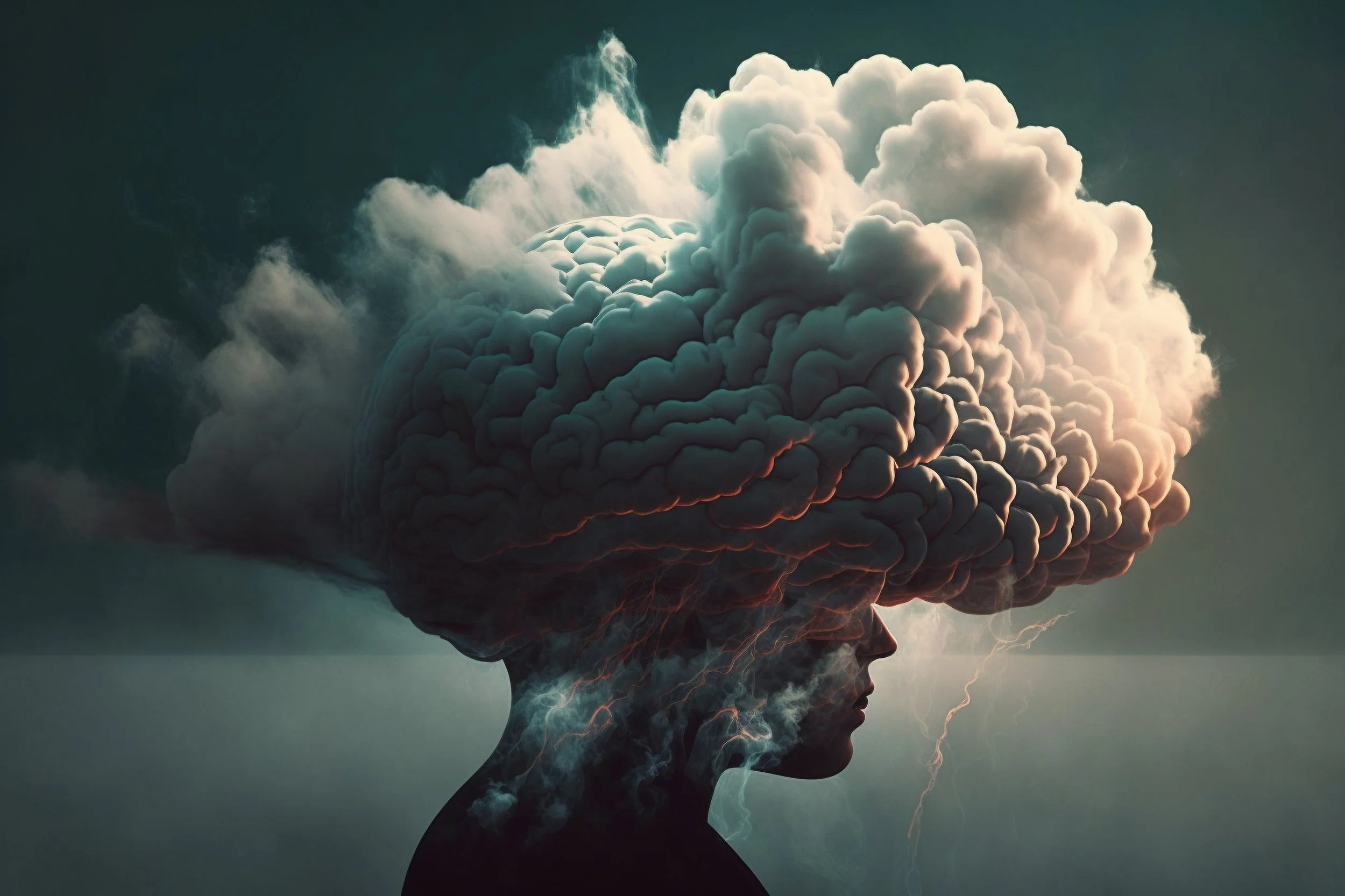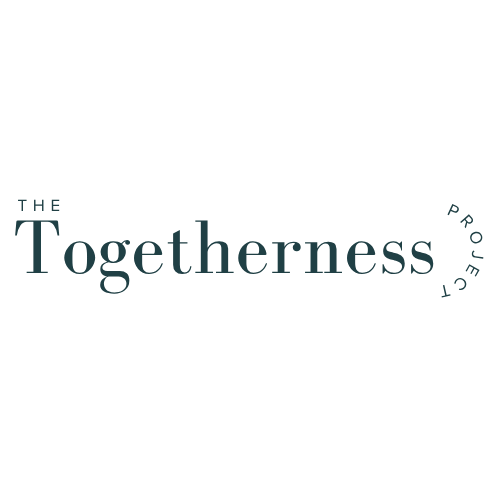
Understanding Anxiety
Anxiety is one of the most common challenges affecting people today — and it’s also one of the most treatable. It can show up as racing thoughts, worry, muscle tension, disrupted sleep, a sense of dread, or an inability to “switch off.” For some, anxiety becomes a constant companion, leading to exhaustion, avoidance, and difficulty concentrating or connecting with others.
At The Togetherness Project in Melbourne and Perth, we understand that anxiety isn’t just “in the mind” — it’s a full-body and brain-based experience. Anxiety often reflects a brain and nervous system “stuck on” — constantly scanning for danger or running on overdrive. Using a QEEG brain map, we identify hyperactive stress circuits and disrupted regulation patterns, then design a gentle, individualised Neurotherapy program to restore balance.
Over time, many clients experience calmer thoughts, steadier emotions, and better sleep. Our work focuses on helping the brain and nervous system return to a calmer, more balanced state so that emotional regulation and clarity can follow.
The Brain and Anxiety
When the brain’s stress networks are overactive, the body remains in a constant state of alert.
Common QEEG findings in people experiencing anxiety may include:
Over-activation in the right hemisphere or limbic regions (fear circuitry)
Under-activation in calming frontal networks
Dysregulation between hemispheres affecting emotional processing
These patterns can maintain a “stuck on” state — where even small stressors feel overwhelming.
Through QEEG brain mapping, we can identify these patterns and design an individualised neurotherapy protocol to help rebalance them.
How QEEG-Informed Neurotherapy Helps
Neurotherapy and neurostimulation work directly with the brain’s natural rhythms to promote healthier regulation.
Our program may include:
QEEG brain mapping – identifying how your brain processes stress, attention, and regulation
Targeted Neurostimulation sessions – gentle, non-invasive stimulation that encourages optimal neural activity and calms hyperactive stress circuits
Somatic and breath-based integration – helping the body re-learn how to feel safe and grounded
Family-inclusive support – offering tools and understanding for partners, parents, or carers to help sustain progress at home
Clients often describe feeling “quieter inside,” more focused, and less reactive after several sessions — a sense that their nervous system can finally exhale.
Who Can Benefit
Our anxiety program supports:
Adults experiencing chronic or situational anxiety
Adolescents struggling with social anxiety, school stress, or performance pressures
Parents, carers, and family members experiencing secondary anxiety from caregiving or vicarious stress
Individuals seeking to complement existing therapy or medication with a neuroscience-informed, integrative approach
A Family-Inclusive Approach
Anxiety doesn’t occur in isolation — it impacts and is shaped by relationships, family systems, and environments. That’s why can The Togetherness Project include family and carer support as part of our care model. We work with loved ones to:
Build understanding of anxiety as a nervous-system process
Learn co-regulation and communication strategies
Create environments that support ongoing calm and connection
This systemic approach not only helps the person experiencing anxiety, but also reduces tension and emotional fatigue in the whole system.
Why Choose The Togetherness Project
We combine neuroscience and compassion — cutting-edge QEEG-guided Neurotherapy delivered through a relational lens.
We look beyond symptoms to the whole person — mind, body, and family system.
We use evidence-informed technology and training developed through Neurofield Neurotherapy, the same platform used in research clinics globally.
We ensure your treatment is personalised, safe, and conducted by qualified psychophysiologists and family therapists.
Common Outcomes Reported by Clients
While every brain is unique, clients frequently report:
Reduced tension, panic, or “fight-flight” responses
Improved ability to focus and make decisions under pressure
Better sleep quality and emotional steadiness
Increased confidence and resilience
A renewed sense of calm and connection in relationships
Next Steps
If you’re ready to explore whether QEEG-informed Neurotherapy could support you or a loved one experiencing anxiety, you can:
Book a free 15-minute consultation to discuss your goals and learn more about the process
Schedule a QEEG brain map to understand your unique neural patterns
Combine Neurotherapy with talk therapy or supervision (fees available on request)

